
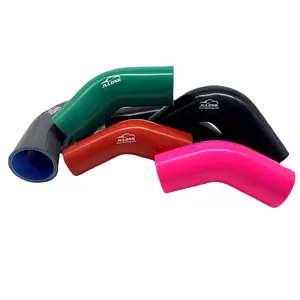
Radiator Rubber Hose Factory Wholesale Car Universal Silicone Braided Hose Heat Resistant Silicone Radiator Rubber Hose


Factory Direct Sale Customized Flexible High Pressure Hydraulic Hose Oil/fuel Hoses Resistant Hydraulic Rubber Hose

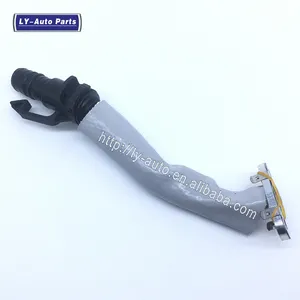









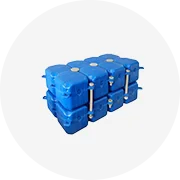
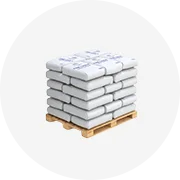

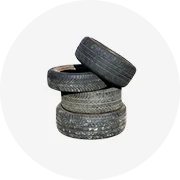
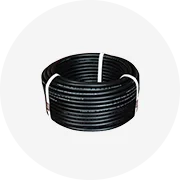

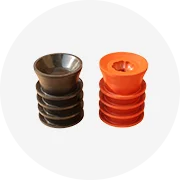
Oil changes are a fundamental aspect of car maintenance, significantly impacting your vehicle's performance. Traditional methods of oil changes can be tedious and messy. This article introduces a game-changing solution: the oil drain hose. This innovative tool promises to revolutionize DIY oil changes, making them cleaner, more efficient, and less time-consuming. We delve into the basics of oil changes, the limitations of traditional methods, and how oil drain hoses can transform this routine task. We also provide a guide on choosing the right oil drain hose, how to use it, and essential safety measures to consider.
Motor oil is the lifeblood of your car's engine, requiring regular changes to maintain optimal performance. The oil degrades due to heat, pressure, and time, collecting harmful particles that need to be removed. Many cars have built-in service reminders that signal when an oil change is needed, based on usage. However, it's still wise to manually check the oil level every other fill-up. The timing for oil changes has evolved over the years, so it's crucial to refer to your car's owner’s manual for specific guidance.
Traditional oil change methods can be cumbersome and time-consuming. Checking the oil level requires careful handling of the dipstick and interpreting the oil level indicators. It's also crucial to be aware of potential hot spots under the hood if the engine has been running. The oil color and consistency need to be inspected for signs of engine damage. If the oil is consistently low, it indicates that the engine is either burning or leaking oil. Moreover, the 'every 3,000 miles or every three months' rule for oil changes is outdated due to advances in engines and oil.
Oil drain hoses are innovative tools designed to make oil changes cleaner, more efficient, and less time-consuming. They replace the traditional drain plug, allowing for a spill-proof oil change.
Oil drain hoses, like oil drain valves, can revolutionize DIY oil changes by making the process cleaner and more efficient. They replace the traditional drain plug, allowing for a spill-proof oil change. These devices use a valve instead of requiring you to unbolt a conventional drain bolt. Some designs even eliminate the need for a petcock, making the process even simpler. With a hose attached, oil can be directly drained into your oil drip pan or container, preventing spills in your garage. This innovation makes DIY oil changes less messy and more convenient.
Choosing the right oil drain hose for a turbocharged engine requires careful consideration. The hose must be large, high-temperature rated, and always slope downwards for gravity drain. Braided stainless AN hose is a popular choice due to its durability and heat resistance. However, silicone hoses, despite their availability in various sizes, may deteriorate with constant exposure to hot oil and 'sweat' oil. Hydraulic hoses, known for their heat and oil resistance, are also a viable option. Always ensure the hose is oil-rated and can withstand the heat generated by the turbocharger.
Installing an oil drain hose is a straightforward process. First, remove the drain plug and drain the oil into a suitable container. Then, hand-tighten the oil drain valve into the drain hole, followed by an additional 1/2 turn with a wrench. Ensure the valve is closed by pushing in and turning it clockwise. For the next oil change, attach the drain hose to the valve. To open the valve, push in, turn counter-clockwise, and pull. To close it, push in and turn clockwise. Always remember to add oil to the engine as per the operator's manual.
Safety is paramount when performing DIY oil changes. Always wear the proper Personal Protective Equipment (PPE) such as safety glasses to protect your eyes from debris and gloves to prevent burns from hot oil. Ensure your vehicle is securely lifted and blocked to prevent accidental movement. When draining oil, be cautious as the oil will be warm. Check for any leaks after the oil change process. Lastly, remember that disposing of used oil improperly is against the law. Many auto parts stores and service stations accept used oil and filters for recycling.
Regular inspection and cleaning of your oil drain hose can extend its lifespan and ensure optimal performance. Check for any signs of wear or damage before and after each use. If you notice any issues, replace the hose immediately to prevent oil leaks during future oil changes.
The oil drain hose has emerged as a revolutionary tool in the world of DIY oil changes, offering a cleaner, more efficient, and less messy alternative to traditional methods. By understanding the basics of oil changes and the limitations of conventional methods, we can appreciate the benefits of this innovative tool. Choosing the right oil drain hose for your engine, following the step-by-step guide to using it, and adhering to safety measures can significantly enhance your DIY oil change experience. Remember, proper maintenance of your vehicle is not just about regular oil changes, but also about using the right tools and techniques to ensure optimal performance.